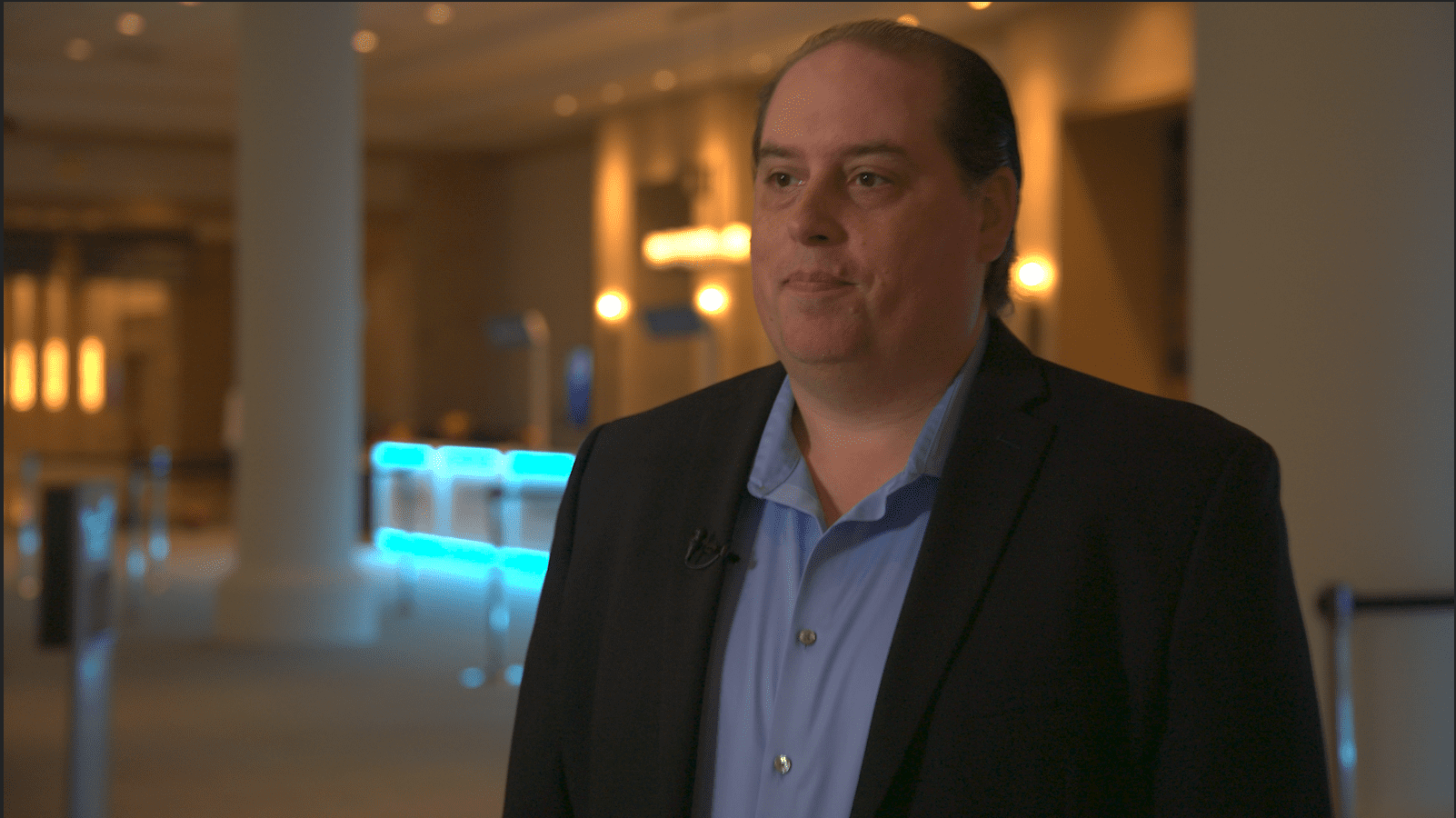

After a decade on the market, Microsoft has announced a significant price increase to Office 365. The changes only effect commercial licensing at this point, but I would expect other offerings to increase as well. Beyond the obvious argument that prices have remained the same for ten years, they are touting the continuous innovation over the past decade to justify this boost. You have to hand it to them; they have been creative recently with feature additions to the products to provide more value to the customer. Even in the past month, Microsoft has announced unlimited dial-in audio to Teams conferencing that will be rolling out soon. If you are like me, it has been challenging to keep up with the product changes over the past couple of years between Office 365 and Microsoft 365 and Small Business licenses, frontline workers, government, academic and non-profit. As a value-added reseller, it’s complicated enough; imagine what our customers think. They are even more confused, but that keeps the phone ringing each day and the countless virtual meetings and video conferencing. The economy had just started picking up again when inflation began to rear its ugly head, and why would we think technology would be any different. If you work with any hardware vendors today, it’s almost impossible to get a product with the problems in supply chain and shipping. At least with Software as a Service we don’t have that problem. Things could be worse!
Sifting through the products and making sense of it all is a job in itself for most procurement specialists or IT staffers. The staple Office 365 with the essential online services and applications was the start of the software as a service solution. Since its launch, we now have Microsoft 365, which adds many security features, device management and policies, a windows license and capabilities for enterprise and frontline workers. Those are split into “E” for enterprise and “F” for frontline workers. The increases target those smaller packages and leave some of the larger bundles alone to entice customers to move to those models and enhanced feature sets. So, what can you do to lessen the blow come March 1, 2022? You need to act fast.
Small and Medium-Sized Business
I meet with small to medium customers weekly, and in reviewing their Office 365 portal and license spend, the most significant option for savings falls in the Small Business license model. If you are a company of 500 employees or less and not taking advantage of these licenses, you are wasting money. These are very similar to their Enterprise counterparts in E1 and E3 but at half the cost. The caveat to these licenses is you can only provision 300 of them total; however, you can mix n match several of the small business licenses to meet the use cases and persona of your end-users. For example, the retail cost of Microsoft 365 E3 is $32, yet it’s the counterpart in the small business model is Microsoft 365 Business Premium at $20. That’s a significant increase and beyond a few differences in mailbox size, 100GB vs. 50GB, OneDrive at unlimited vs. 1TB, hybrid use licensing and some other small differences. I tell customers with the CSP licensing program, you can change licenses on the fly, so why not start with the Business Premium licenses until you find a reason that they are not the right fit. By the way, CSP stands for Cloud Solution Provider, of which there are two types of Tier 1 who buys directly from Microsoft and Tier 2, who buys and gets support through a distribution partner. Presidio is a Tier 1 CSP provider, and we provide US-based support directly to our customers.
Renew Now for Price Protection
As a Cloud Solution Provider, we can review your licensing today and get you into an annual contract that will lock your current prices in for at least a year from the contract date. You still have the option of paying annually or monthly but will be obligated for at least a year. It would be wise to purchase at least one(1) license of every SKU or subscription you may need during the year, and that will lock you into that price as you add users. As an advisor, there has never been a better time for Tenant Administrators to reach out to a partner like Presidio to have a license discussion and review what your options are. There are several decisions thatSeveral decisions can affect your subscriptions and keep price increases to a minimum such as:
- Optimize and right size your licenses, many customers have many more licenses in their tenants than users consuming them. We recommend no more than five(5) extra at one time as we can typically spin new licenses up in a 24 hour period or better yet offer customers a self-service portal for additions/deletions and changes.
- Remove any unused licenses that tend to be left around from pilots or testing.
- Review adoption dashboards and reports to ensure that your license types match what your users are consuming. For instance, if you have employees who don’t use Office’s desktop versions, move them down to a Frontline licenses or Microsoft 365 Business Standard license.
- As stated above, perhaps you can switch to Microsoft 365 Business license vs. Enterprise
- Looking into multi-year plans and if consuming Azure, review Reserved Instances where you commit to a one (1) or three (3) year plan to save 50-70% off the cost of a virtual machine.
Not all licenses are increasing, and this is Microsoft’s way of pushing customers to utilize the more extensive SKU’s like Microsoft 365 E5. None of the frontline subscriptions or “F” series licenses are changing as well. It’s also important to note the next version of Office LTSC, which is the keyed version of Office will increase 10% in March, and support will be deprecated in five years.
What is changing?
The following 365 subscriptions will be subject to the new pricing increases and are outlined in the table below:

At the same time the increases take effect, Microsoft is expanding the New Commerce Experience platform to include Dynamics 365, Microsoft 365, Power Platform, and other seat-based offers. Over the past year, Microsoft has rolled out perpetual licenses available in CSP, closed down the OPEN license program in January to move all future procurement through the Cloud Solution Provider program. The changes are designed to simplify the engagement between customers and providers. This will confuse many customers that are used to buying perpetual licenses and software assurance as that is no longer needed. In the future, any customer who is not managed or qualifies for an Enterprise Agreement will have two options to purchase perpetual licenses. The Open Value program will be a more traditional purchase agreement tied to three years with annual payments and allows for Software Assurance or the New Commerce Experience where customers can buy perpetual licenses in a subscription where software assurance is not needed. There has never been a more critical time to reach out to your Presidio account manager to discuss your licensing lifecycle. We can assess and recommend programs based on your business needs and requirements. Our next blog post will cover the New Commerce Experience in more depth and help uncover more areas for savings.




































































































































































































































